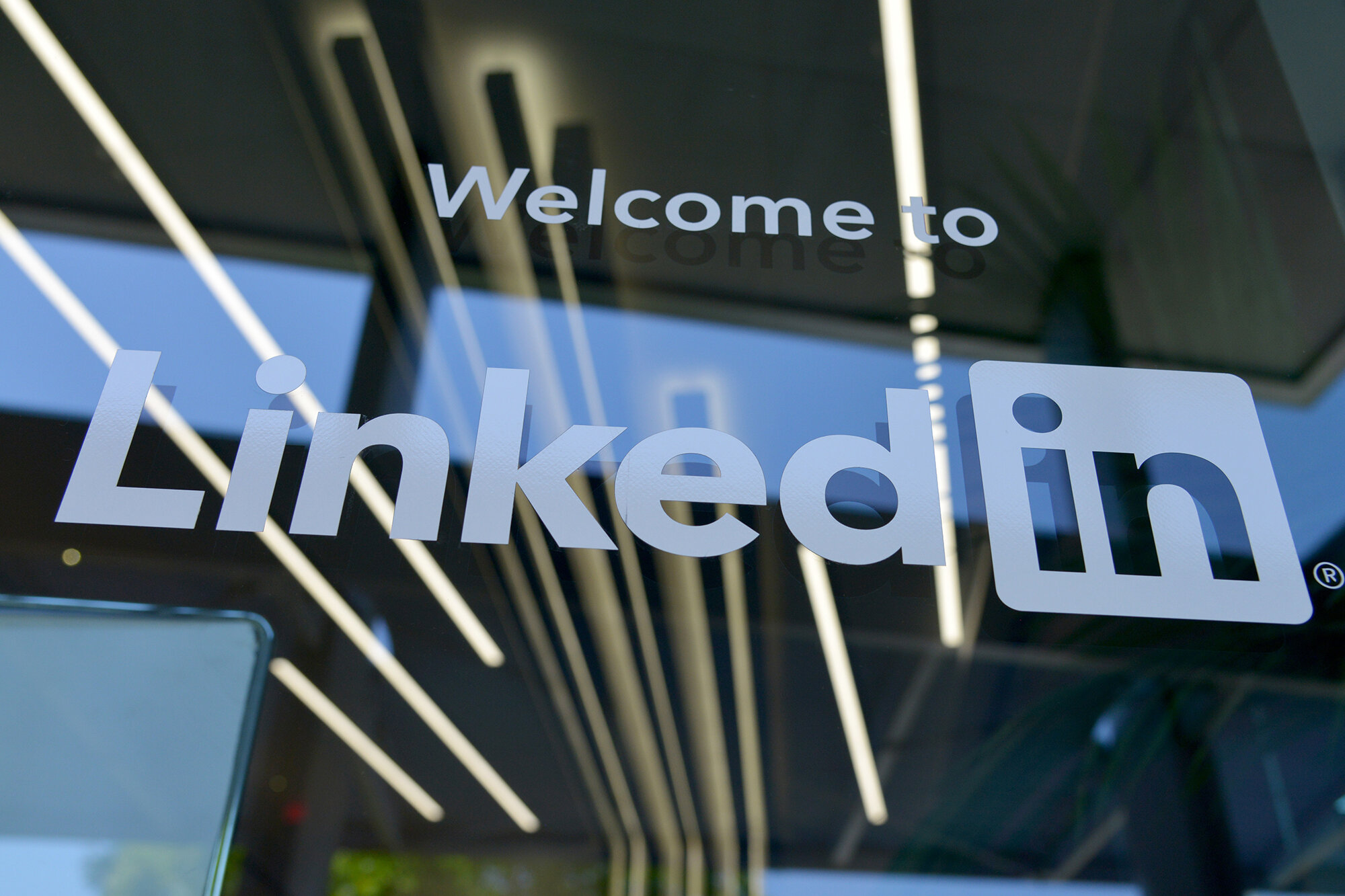It seems that more people than ever are starting their own businesses. One the biggest concerns of any start-up is deciding what to charge for their product or services. Charge too little and you risk operating at a loss. Charge too much and you risk not operating at all. So if you are a savvy young start-up, what should you be charging? Here are some things to consider:
To charge or not to charge
Many entrepreneurs work under the assumption that the lowest price-point is the best way to get their ‘foot in the door’. The conventional wisdom is that the person who charges the least, wins. But this might not necessarily be the case.
One reason for this is that the lower the charge for the service, the more demanding some clients become. These are the types of clients who expect a posh product on a bargain budget. There may be endless edits, tons of criticism and then a battle over the final bill. By the time it’s all said and done, working with this type of client may actually cost more than the fees they paid.
Charging too little also runs the risk of cheapening your services. Like it or not, low price is associated with low quality. And many potential clients are afraid that if they pay a cheaper fee then they are going to get a cheap result. Setting the right price is, to some degree, setting the level of your client’s expectations.
One solution to this is to offer a short term discount – and to let potential clients know that this price won’t last for ever. Be upfront about the reason for the discounted price, specifically that you are trying to grab their attention and keep it with your outstanding quality, and many potential clients become bona fide paying clients.
Bargain today means bargain forever… right?
Does this mean that if you start with low prices you will be stuck with low prices forever? Certainly not. People who get something on sale don’t expect to find that same product at the sale price all of the time.
And the vast majority of clients are also business people. They appreciate the need to make a profit. If you’ve already won them over with your excellent service and professionalism, most are happy to meet your fee increase.
The flip side of charging too little is, of course, charging too much. Many a start-up has been knocked down long before they got into the race because they charged too much too soon. Unless you can justify that cost (i.e. you offer oodles of features that your competitors do not) be careful not to set a price point that creates the false illusion of a premium product or service. It rarely works and usually ends in alienation and an empty inbox.
And the answer is….
So, what to charge? That all depends. First take a look at what your established competitors are charging. More established companies will base their price on a number of factors, including experience, brand awareness, and the expectations of their target market. If your target market is in alignment with a competitors, you can charge a little bit lower than them while you build your experience and brand awareness.
It also makes sense to do some business analysis in order to arrive at your perfect equilibrium price – that price point where you have the right amount of incoming work and are working in profit. This may require some experimentation with prices. When you offer low prices, are you so inundated with business that you can hardly keep up? And at what price point does business seem to drop off precipitously? Keep track of the numbers and the answer might be revealed.
The key, of course, is to find the right balance. By remaining flexible, listening to and responding to client feedback, and doing some serious analytics, the right price – and a growing business – are within everyone’s reach.
Contact us today to learn more about our services and the ways in which we can empower your online success.
Let's make a website!
Book a FREE video call to discuss your business, project strategy, and more!
"*" indicates required fields
More from Metal Potato
Can Apple Vision Pro Revolutionise Computing?
Discover the Apple Vision Pro: a mixed-reality headset set to redefine computing, work, entertainment, and education.
How to Choose the Perfect Typography for Your Website
Master the art of web typography... from font selection to readability, create a visually stunning and user-friendly website.
The Power of WordPress for Small Businesses
Build a strong online presence for your small business with WordPress! It's easy to use, SEO-friendly, and very cost-effective.
Celebrating 40 Years of the Apple Mac
Explore 40 years of Mac evolution! Celebrating Apple's iconic computer and its impact on design, technology, and creativity.
Why LinkedIn Should Be Your Top Priority
Maximise career growth with LinkedIn's powerful benefits! Unlock networking opportunities, connect and build your personal brand.
7 Strategies to Build Customer Loyalty
Elevate your brand with proven strategies for customer loyalty. Personalised programs, consistency, and gratitude that resonate.






